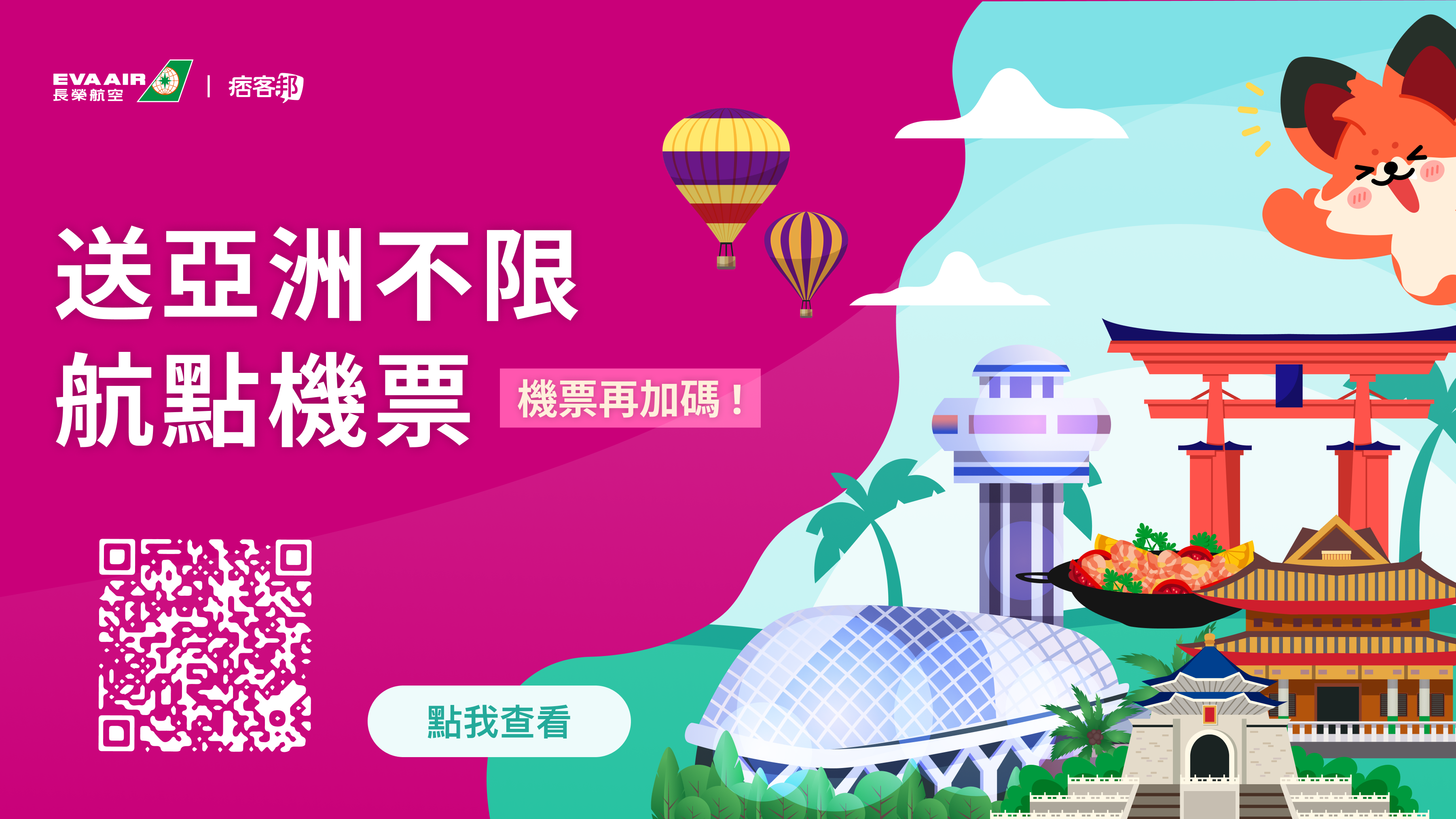Can Memorable Travel Experience MTE lead to revisit, joyful revisit? 何謂難忘的旅遊經驗?因為難忘,所以旅客會進一步產生重遊的意願嗎?這其實是很有趣的研究題目。
就如同精品消費者般,LV愛好者是否同時也是品牌忠誠者,一日LV,終身LV。一日BMW,終身BMW。或者我,一日FORD,終身FORD,因為名車與我無緣。
想起多年來重複進出關島的經驗,這算是個人難忘旅遊經驗,還是關島觀光局的成功案例?問題是,我每次進出關島,除了第一次有到旅客服務中心外,其餘時間,每次進出關島皆是一周前買機票,順便選定當次預算額度的飯店,到了機場拿台灣駕照租車,開出機場後,就是重複性地到DENNYS吃一頓美式早餐,開車環島半圈,繞進去K-MART買拖鞋,然後中午CHECK-IN當次旅館,睡一個午覺,然後就海闊天空五天,十多次的關島旅遊經驗裡面,全部是自助旅行的空間、食物、景色及人文回憶,直到上一次兩年前,突然想到才帶小朋友去認識當地的市長(Mayor Savares),聊聊天,合照留影。
是關島給我難忘經驗,還是我給關島甚麼呢?
我為什麼重遊?唯一可以想到的理由是: 因為我是懶人,且對美國文化有偏好,天性不喜歡計畫性旅行,因此,關島最適合我這種人,臨時起意,馬上成行。當然關島很美,但是很多人其實去過一次就覺得夠了,反而是我,20年至少10次重遊,見證了新興飯店的出現與衰退,也看到關島市中心文化聚落的持久性,關島賺我飽飽的,我也在關島得到滿滿的回憶。
回到問題點: 設計或者打造難忘旅遊經驗重要呢?還是找到願意重遊,甚至超過一次以上的重遊,關鍵因素更重要?
從觀光產業、旅遊業的角度,新鮮人與重遊者應該要保持何種比例?8/2還是5/5,就好像百貨公司與便利商店般,兩者的顧客群是,新鮮人居多(好騙?),還是老顧客至上?
這真是有趣的研究問題。
重新定義重遊revisit,從1.0到2.0
甚麼是重遊?各種地區及景點觀光行銷計畫的重點不外乎是促成消費者的心靈感應與連結,願意步上旅遊的路途。問題是,旅客結束遊程後,透過滿意度調查得到的滿意度,如何解讀呢?高滿意度代表甚麼?願意重遊嗎?
高比例重遊當然為有助行銷成本的降低,自己送上門的當然比吸引菜鳥便宜,同理推之,是否也有助於永續觀光的達成呢?最小成本、最大效益。
所以,重遊只代表個體願意嗎?重遊還有甚麼可能性?例如,個體加上另一個個體,或者個體下次停留時間增長,消費額增加,這樣的重遊與單純的個體重游差異何在?如何促成?
這時候,所謂MTE上場了,如果可以增加旅客難忘的體驗,應該有助旅客拉群結伴,多留幾天,理論上與實務上,似乎可行?
怎麼證明呢?怎麼推導出這樣的聯立方程式呢?比如說: 主題樂園的遊憩吸引力和遊憩體驗對顧客滿意度及重遊意願之影響-以月眉育樂世界爲例,這樣的研究題目我們可以得到甚麼樣的啟發與新知識?吸引力與遊憩體驗滿意度較高者會有重遊意願,然後呢?
個體找到一家理髮店,理完頭髮很滿意,下次繼續上門消費,於是我們設法找出顧客滿意的原因: 理髮技術好、氣氛佳、價錢合理,然後建立一個滿意度方程式,讓其他理髮店經營者照抄學習?有沒有可能到後來,每家理髮店經營者,為了成功,結果都長得一樣,導致重複消費現象的消失?
換句話說,找到原因很重要,但是這些找出來的原因如何適用到其他個體,又是另外一回事。
1. Development of a Scale to Measure Memorable Tourism Experiences (2012)
Jong-Hyeong Kim1 , J. R. Brent Ritchie1 , and Bryan McCormick2
(主要作者 金鐘亨(Jong-Hyeong Kim),2009年印第安納大學博士,2010 U of Calgary博士後, 2011-2013台灣義守大學, 2013-廣州中山大學)
Abstract
The quality experiences provided to customers, which are indeed memorable, directly determine a business’s ability to generate revenue (Pine and Gilmore 1999). However, the extant tourism literature has provided limited explanation of the factors that characterize memorable tourism experiences. Thus, the goal of the present study was to develop a valid and reliable measurement scale that will assist in understanding the concept and in improving the effective management of the memorable experience. Following Churchill’s (1979) recommended process, we developed a 24-item memorable tourism experience scale that we believe is applicable to most destination areas. The scale comprises seven domains: hedonism, refreshment, local culture, meaningfulness, knowledge, involvement, and novelty. The data support this dimensional structure of the memorable tourism experience as well as its internal consistency and validity (i.e., content, construct, convergent, and discriminant validity). Theoretical and managerial implications of the study results are discussed in detail. Keywords tourist experience, tourism experience, memorable experience, scale development
Journal of Travel Research 51(1) 12–25 © 2012 SAGE Publications Reprints and permission: sagepub.com/journalsPermissions.nav DOI: 10.1177/0047287510385467 http://jtr.sagepub.com
Factors Relevant Literature
Involvement Bloch and Richins 1983; Blodgett and Granbois 1992; Celsi and Olson 1988; Park and Hastak 1994; Sanbomatsu and Fazio 1990; Swinyard 1993 Hedonism Dunman and Mattila 2005; Lee, Dattilo, and Howard 1994; Mannell and Kleiber 1997; Otto and Ritchie 1996
Happiness Bolla, Dawson, and Harrington 1991
Pleasure Farber and Hall 2007; Floyd 1997; Gunter 1987
Relaxation Howard et al. 1993; Mannell, Zuzanek, and Larson 1988
Stimulation Arnould and Price 1993; Bolla, Dawson, and Harrington 1991; Howard et al. 1993; Obenour et al. 2006; Samdahl 1991
Refreshment Howard et al. 1993; Hull and Michael 1995; Samdahl 1991
Social interaction Ap and Wong 2001; Arnould and Price 1993; Bolla, Dawson, and Harrington 1991; Howard et al. 1993; Obenour et al. 2006; Samdahl 1991
Spontaneity Gunter 1987
Meaningfulness Bruner 1991; Jamal and Hollinshead 2001; Noy 2004; Wilson and Harris 2006
Knowledge Blackshaw 2003; Otto and Ritchie 1996 Challenge Lee, Dattilo, and Howard 1994; Mannell and Iso-Ahola 1987
Sense of separation Gunter 1987 Timelessness Blackshaw 2003; Gunter 1987
Adventure Gunter 1987
Personal relevance Bloch and Richins 1983; Blodgett and Granbois 1992; Celsi and Olson 1988; Park and Hastak 1994; Sanbomatsu and Fazio 1990; Swinyard 1993
Novelty Dunman and Mattila 2005; Farber and Hall 2007
Escaping pressure Hull and Michael 1995; Lee, Dattilo, and Howard 1994
Intellectual cultivation Blackshaw 2003
While our findings support Hull’s (1990) contention that pleasant memories of tourism experiences affect the consumer significantly by creating a positive mood and feelings of happiness that play a significant role in one’s life (specifically, our study identified seven positive dimensions of an MTE), we failed to identify any negative experiential components of MTEs. Considering that the MTE is in itself neutral, it is reasonable to expect that negative experience components can just as strongly affect one’s memorability.
In addition, by incorporating the concept of experiencescapes with MTEs, future research could seek to identify spatially defined factors that enhance one’s memorability of tourism experiences. According to O’Dell and Billing (2005), experiences are inherently personal and have a material base that can be anchored in a strategically planned and designed space. Together with the current study results, this kind of research could help tourism businesses design and develop tourism programs. Third, given the fact that memories are distorted in various ways, it is necessary to identify and measure the nature of the feelings and/or experiences that remain in travelers’ memories at any given point in time and space. Therefore, research that compares travelers’ memories and future intentions at each stage of the experience, such as anticipation, on-site, and recollection, would provide valuable information to destination marketers. To conclude, we believe, as a result of this study, that the managers of tourism destinations and tourism businesses are now in a better position to more efficiently manage the different stages of the tourism experience. We look forward to seeing just how accurate our prediction turns out to be.
-Hull, R. B. (1990). “Emotion and Leisure: Causes and Consequences.” Journal of Leisure Research, 22: 55-67
2. The Memorable Travel Experience and Its Reminiscence Functions (2019)
Hyangmi Kim1 and Joseph S. Chen2
Abstract
This research intends to augment the current literature on travel experience by examining the relationships between memorable travel experience and its reminiscence functions. It deploys a mixed method to achieve the study aim, using indepth interviews and questionnaire surveys. By analyzing 318 study samples with confirmatory factory analyses, this research reveals four dimensions that could best explicate the memorable travel experience (i.e., novelty, social interaction, destination enthusiasm, and learning). Furthermore, memorable travel experience influences the three dimensions of the functions of memorable travel reminiscence (i.e., social, self, and direct). It is noted that memorable travel experience tends to affect social function the most. Relevant implications and suggestions for future study are furnished in the conclusion section. Keywords memorable travel experience, autobiographical memory, functions of memorable travel reminiscence, social function.
Journal of Travel Research 2019, Vol. 58(4) 637–649 ©
The Author(s) 2018 Article reuse guidelines: sagepub.com/journals-permissions DOI: 10.1177/0047287518772366 journals.sagepub.com/home/jtr



 留言列表
留言列表


